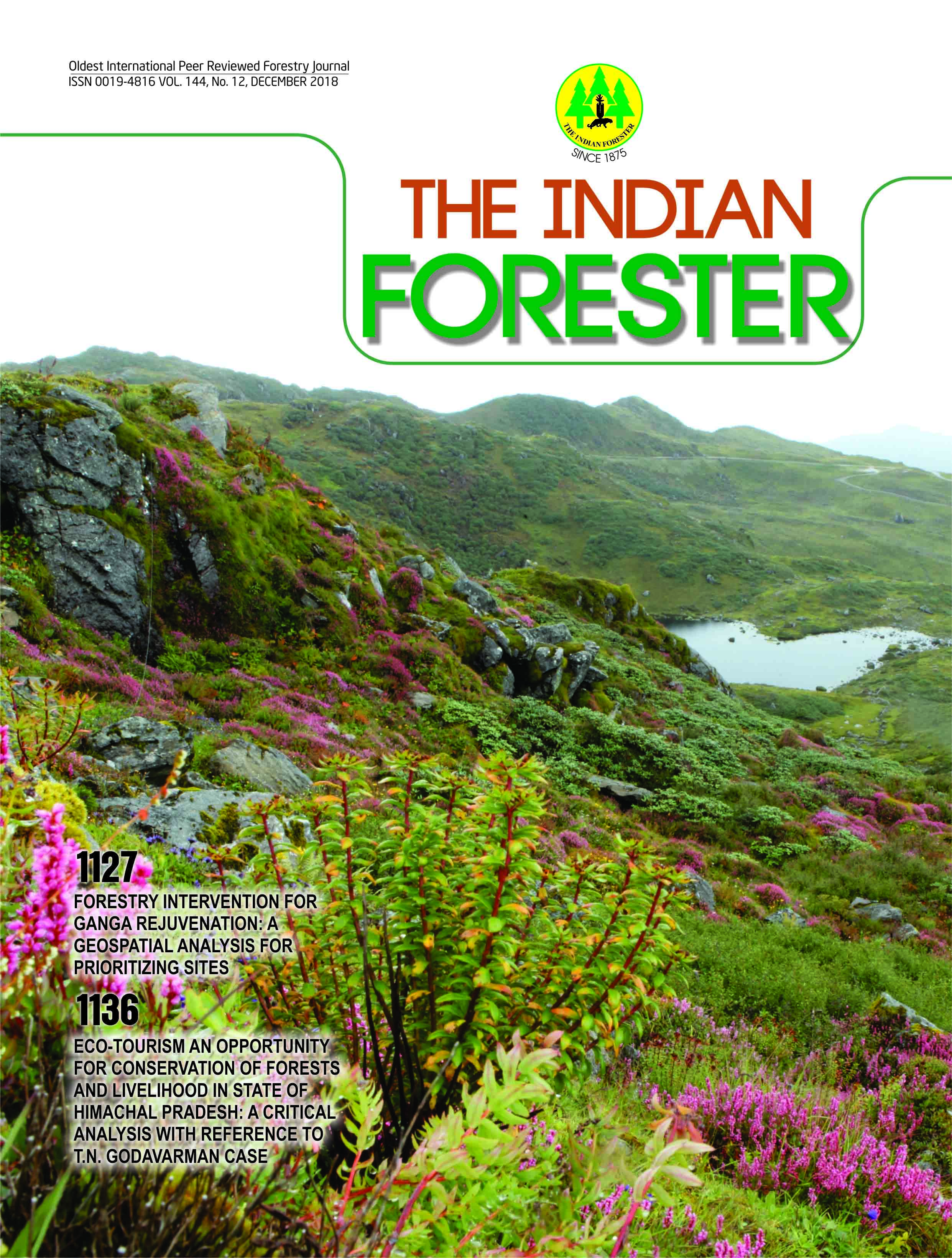Insect Visitation Rate In Lagerstroemia speciosa (L.) Pers. – A Case Study
DOI:
https://doi.org/10.36808/if/2018/v144i12/141867Keywords:
No keywordsAbstract
No Abstract.References
Deepu S. (2015). Population Structure, Dynamics and Conservation of Lagerstroemia speciosa (L.) Pers. from Western Ghats of Kerala. Ph D Thesis. Kannur University, Kerala: 357 pp.
Herrera C.M. (1995). Floral traits and plant adaptation to insect pollinators: a devil's advocate approach. In: Floral biology: studies on floral evolution in animal-pollinated plants (D. G. Lloyd and S. C. H. Barret, eds.), Chapman & Hall, New York, 65–87 pp.
Motten A.F., Campbell, D. R., Alexander D. E. and Miller, H. L. (1981). Pollination effectiveness of specialist and generalist visitors to a North Carolina population of Claytonia virginica. Ecology, 62: 1278-1287.
Pettersson M.W. (1991). Pollination by a guild of fluctuating moth population: option for un-specialization in Silene vulgaris. J. Ecol., 79: 591-604.
Reddi C.S. and Reddi E.U.B. (1985). Wind and insect pollination in a monoecious and dioecious species of Euphorbiaceae. Proc. Indian Nat. Sci. Acad., 51: 468-481
Talavera S., Bastida F., Ortiz P.L. and Arista M. (2001). Pollinator Attendance and Reproductive Success in Cistus libanotis L. (Cistaceae), Int. J. Plant Sci., 162(2): 343-352.
Waser N.M., Chittka L., Price M.V., Williams N.M. and Ollerton J. (1996). Generalization in pollination systems, and why it matters. Ecology, 77: 1043–1060.
Downloads
Downloads
Published
How to Cite
Issue
Section
License
Unless otherwise stated, copyright or similar rights in all materials presented on the site, including graphical images, are owned by Indian Forester.





